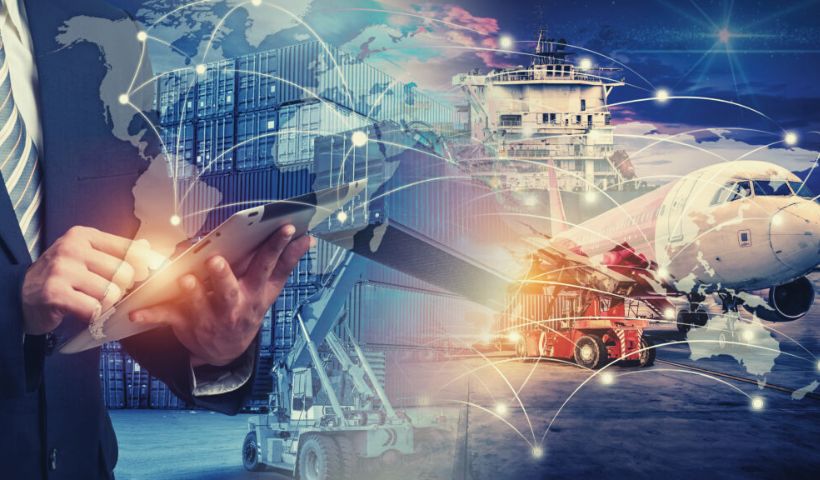Impact of technology and digital in the transport and logistics sector : The transport sector represents more than 16% of GDP. From infrastructure networks to freight transport, major innovations are emerging and overturning the codes of these traditional and often regulated activities.
At the same time, market demands are growing. Transport and logistics are becoming a commodity that is poorly valued but which fulfills a major role in terms of operational excellence for manufacturers and distributors. The impact of logistics is difficult to quantify because it is diluted within the economy. It is estimated, for 2016, at 3.5 trillion euros worldwide.
Table of Contents
Ongoing Transformations In The Transport & Logistics Sector
The transport sector is facing major transformations and innovations. New technologies at the service of business improvement are disrupting traditional models. Economic uncertainties complicate structural investments.
3D printing tends to significantly modify the nature of the goods transported. It is estimated that around 40% of containerized air and sea freight would be threatened by 3D printing. The place of production of the goods is thus brought closer to the end customer.
3D printing tends to significantly modify the nature of the goods transported. It is estimated that around 40% of containerized air and sea freight would be threatened by 3D printing
The development of e-commerce is disrupting the sector. Demanding consumers have integrated the fact that the cost of transport is reduced or even free, that returns of goods are made at lower cost, etc. Similarly, transport must be faster and faster and deliveries close to consumers’ homes. Return logistics, known as “reverse logistics”, or delivery on D+1 are all strategic issues that are profoundly changing logistics organizations. Some groups re-internalize these functions in order to control their perfect execution. Amazon, for example, builds its transportation network through successive acquisitions of airlines or shipping companies.
At the same time, a growing number of start-ups are focusing on the disintermediation of relations between users and transport providers. Examples include Cargomatic, Shipstation or UShip in the United States, or Chronotruck, Shippeo, Wing or Convargo, whose objective is to simplify complex processes. The large transport and logistics groups are efficient in managing massive and recurring standard flows, but encounter difficulties in managing freight from small or medium-sized shippers.
Digitization Is Underway In Order To Provide A Quality Service For All Types Of Freight.
The transport and logistics sector in 5 to 10 years
The question remains open and several scenarios are possible. Technology will play an increasing and central role but will impact the market in different ways. The role of new entrants and the level of collaboration are factors that will strongly influence these scenarios.
Start-ups “uberize” the market
In this hypothesis, the new entrants, embodied by start-ups, impact the market by addressing certain areas of the sector with excellence. This may include developing algorithms that respond exclusively to challenges from the last mile to final delivery. Many courier start-ups have been created recently. Sharing platforms or crowd-sharing solutions thus make it possible to rely on natural persons taking charge of the goods to be transported. The development of these solutions is carried out axis by axis and will ultimately lead to their pooling.
A more flexible, more affordable and more efficient T&L industry based on collaborative robotics.
This supports the idea that a human/robot team is more efficient than a team of robots alone.
Collaborative robots are simpler, more intuitive and above all more flexible. They adapt to work teams. It seems that today logistics companies need robotization in their warehouses to improve competitiveness. A productive distribution of tasks between operators and robots will have to be achieved. Collaborative robots reduce absenteeism.

